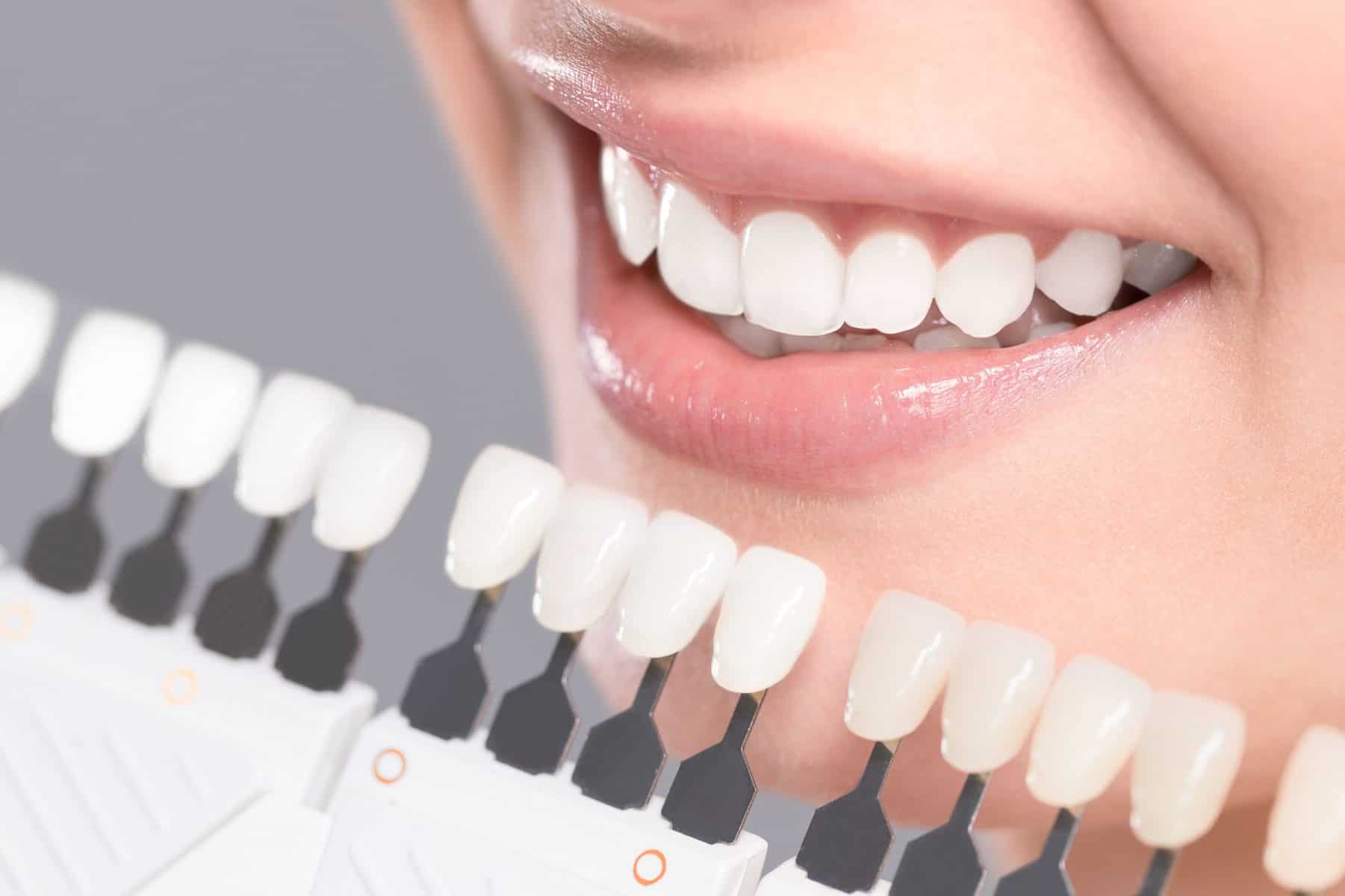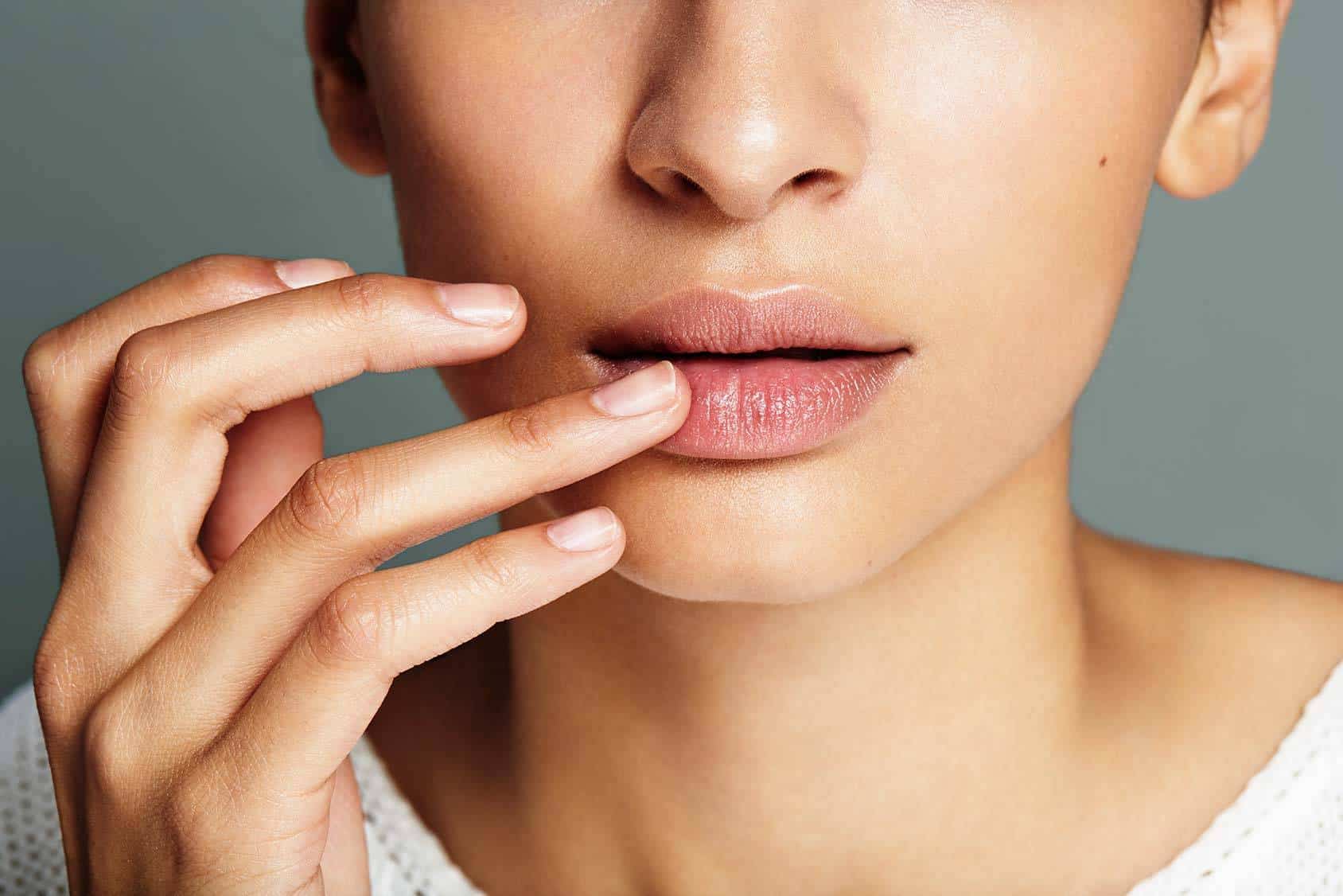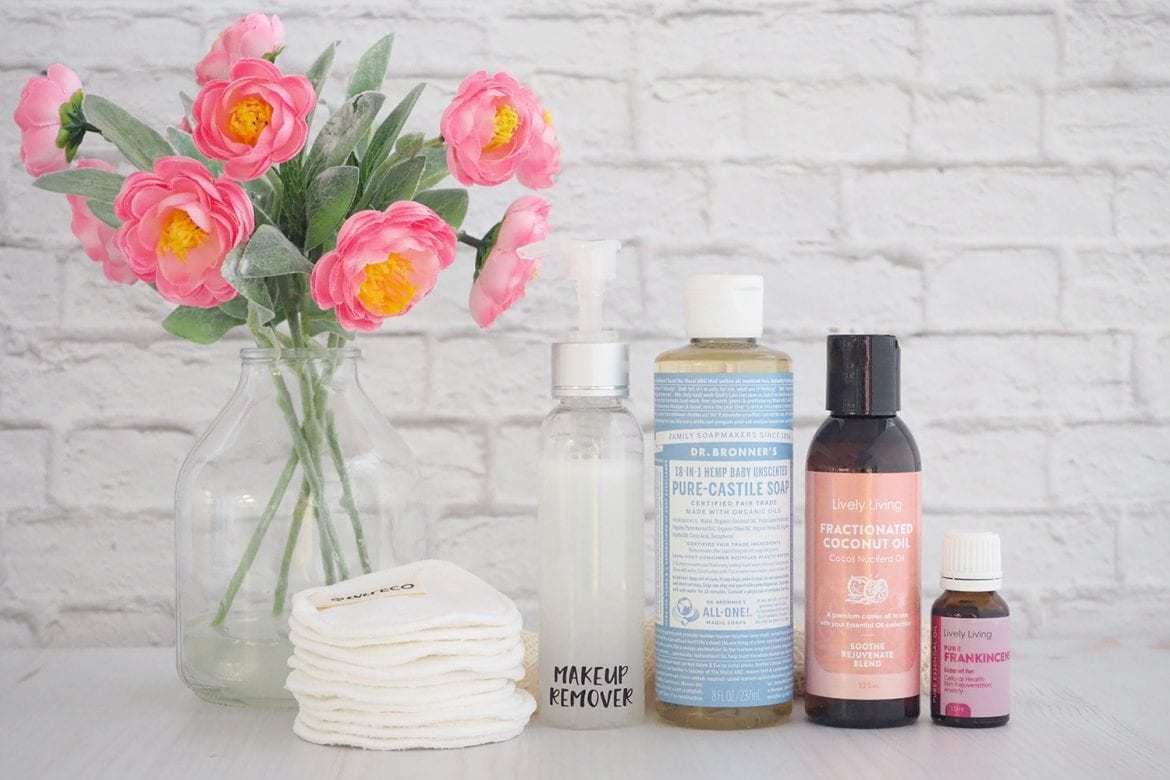Laundry detergents are in every household’s shopping list, but they may cause harmful effects. The artificial chemicals in detergent can impact health.
Many people switch to DIY laundry detergent to avoid the effects of excessive chemicals.
You can also make your own laundry detergent to reduce the environmental impact. Read this guide before you decide to produce laundry detergent at home.
Harmful Chemicals in Commercial Laundry Detergent
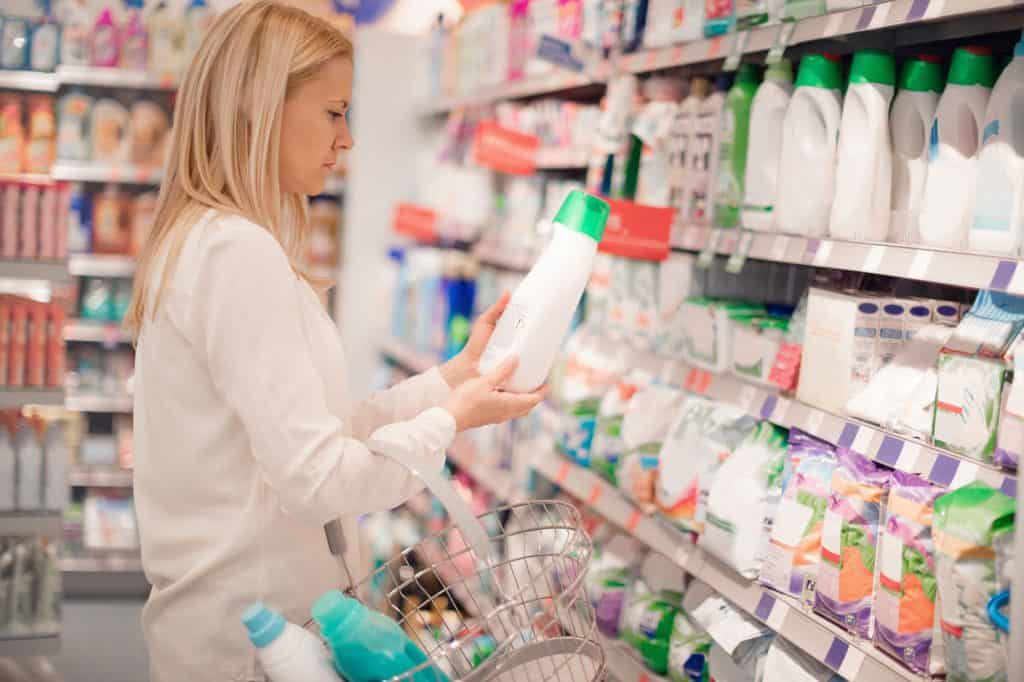
Commercial detergent products carry dozens of harmful chemicals that get released into the air and water, not to mention affecting the cloth’s wearers.
The Environmental Protection Agency and researchers from several universities have identified several harmful chemicals in commercial detergents. They are:
Surfactants
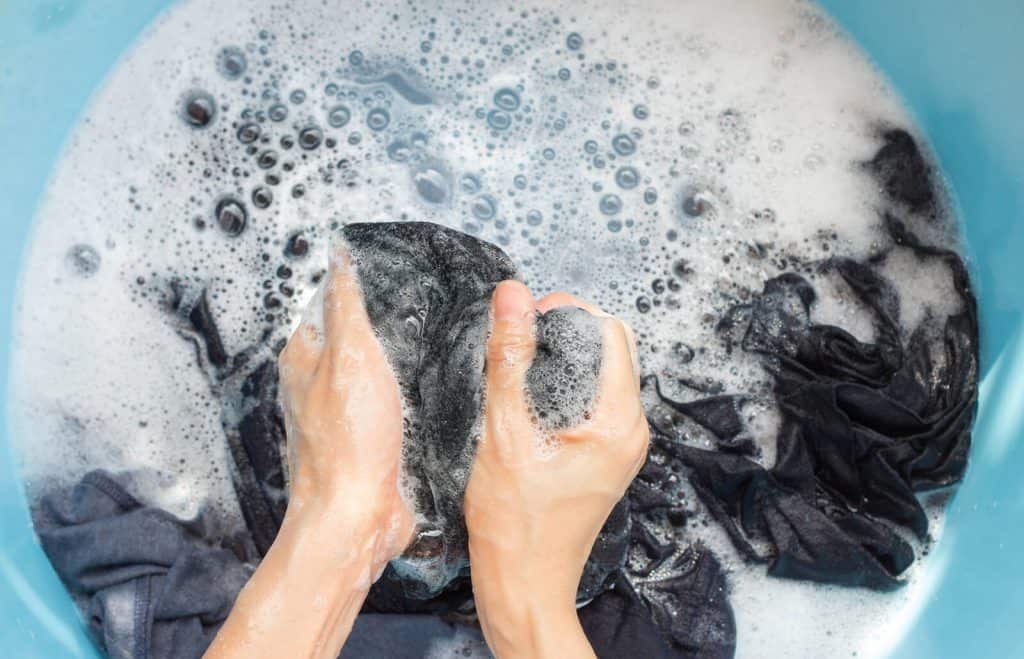
Surfactants are chemical compounds that make the detergent cleaning faster and better. They can be harsh for the skin and pollute water.
Chemicals like LAS, NPE, petroleum distillates and quaternium-15 can release carcinogenic, irritate skin and eyes, and can cause cancer.
Perfume
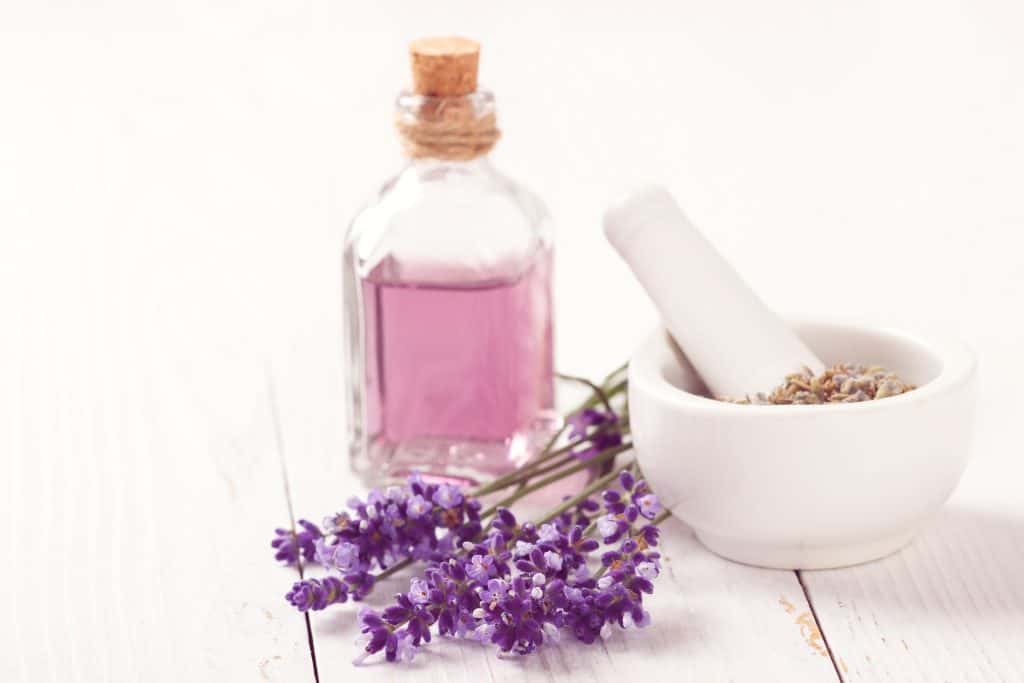
Perfume in commercial detergents gives you an illusion of cleanliness. However, perfumes can be harsh on the eyes and skin, causing allergic reactions to sensitive people.
Brighteners
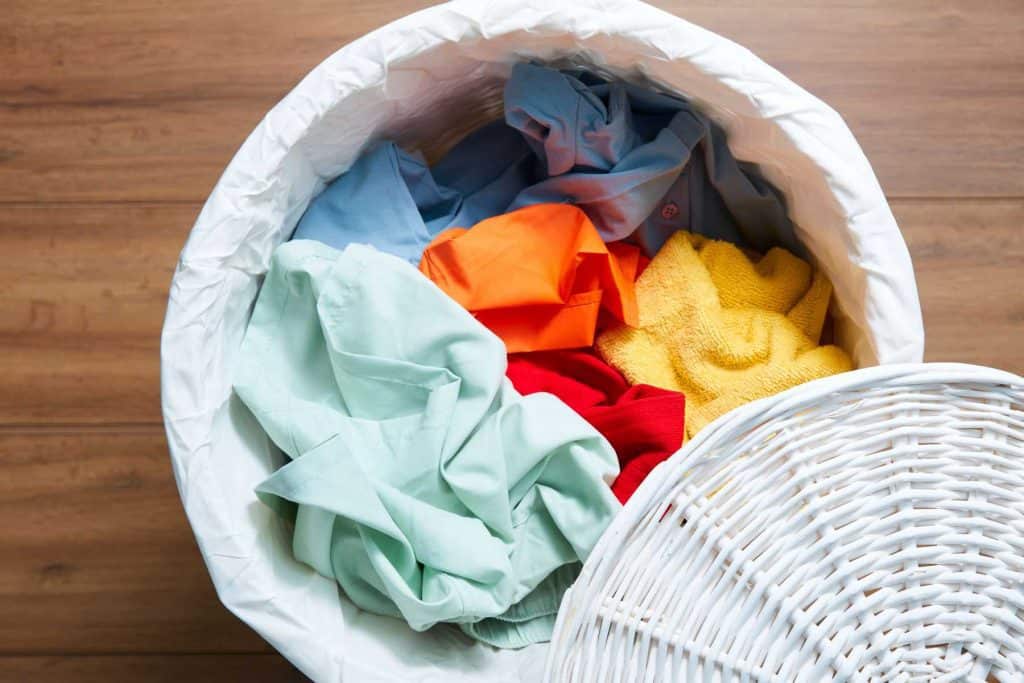
Brightening chemicals make your clothes look “brighter” by staying in the fabric, absorbing the UV rays. They can come into contact with the skin, causing allergic reactions to sensitive people.
Bleach
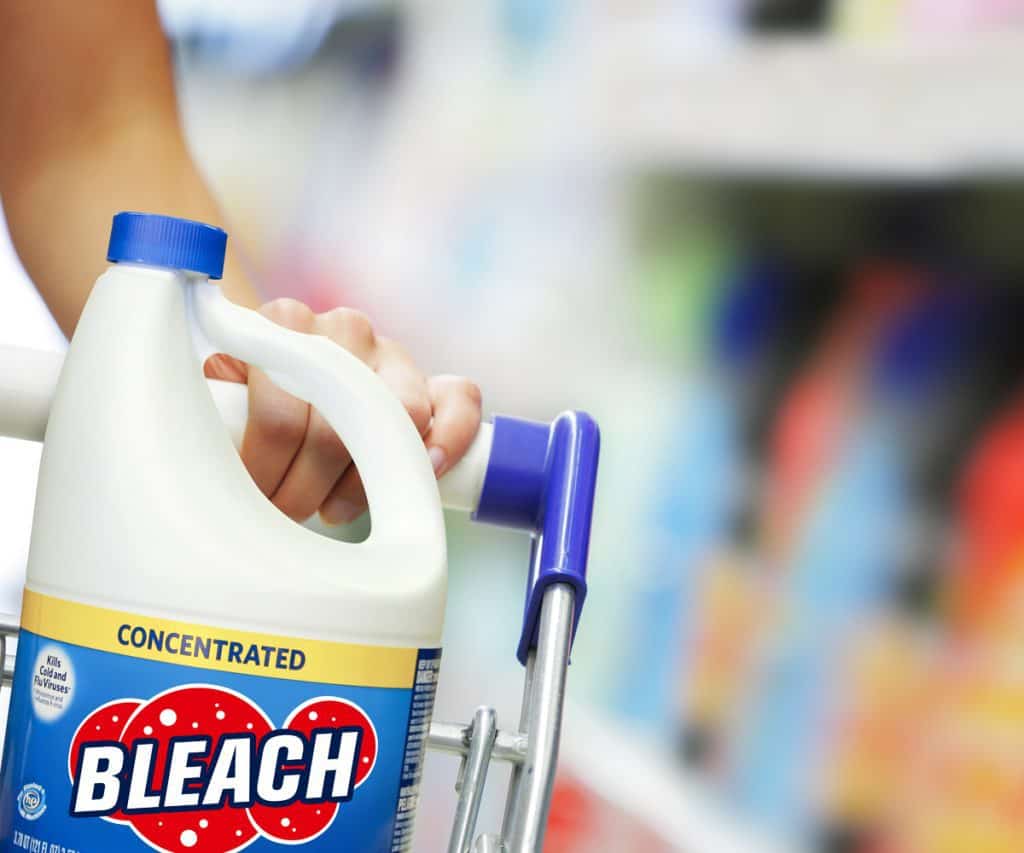
Some detergents include bleach in their formula, which can be dangerous. Bleach is irritating for the skin and eyes, not ideal for a household with kids.
Some detergents have ethylene diamine tetraacetic acid in their formula, designed to be effective in hard water. This compound is not biodegradable, which can damage lives in water.
Ingredients to Make DIY Laundry Detergent
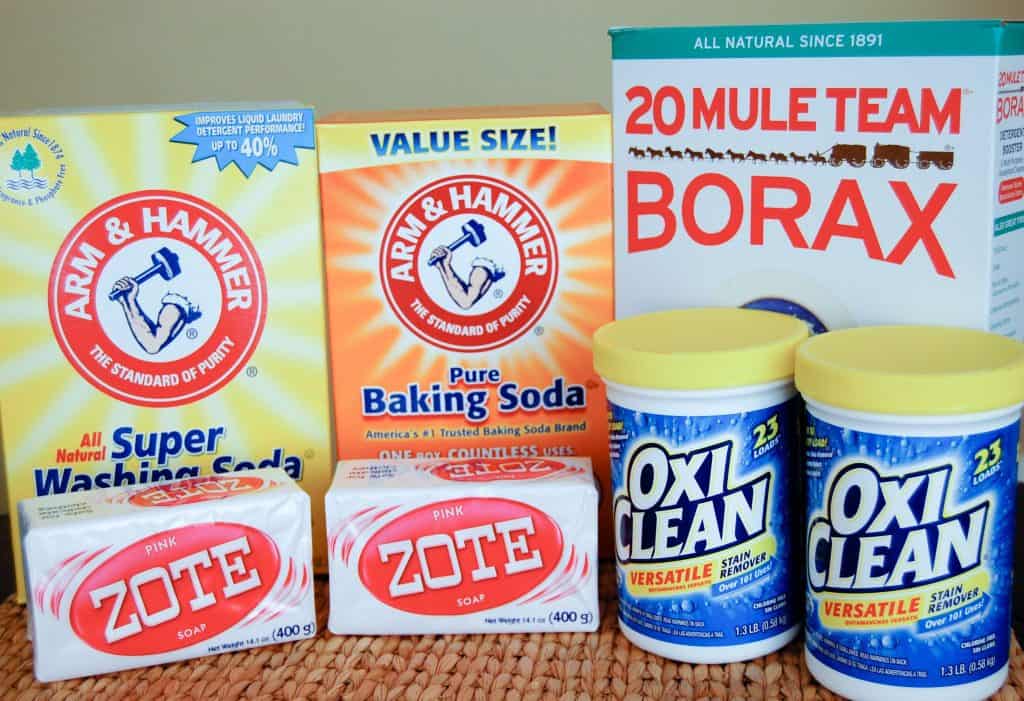
Most laundry detergent recipes use borax and cleaning soda as the base. Borax is a popular ingredient in “natural soap” products, consisting of boron, sodium, oxygen, and water.
Using borax may sound scary, especially with safety concerns. However, borax is only dangerous if you get exposed to the undiluted version, in a large amount.
Cleaning soda (also known as washing soda) is a popular name of sodium carbonate. This product is available widely, either under specific brands or in bulk at chemical shops.
You can also make your own washing soda by heating baking soda in an oven for one hour. The resulting washing soda will look coarser than the baking soda.
You also need to mix soap bars to make laundry detergent. You can choose any soaps you like, but their variants and fragrant should be the same.
Natural soaps are great to make laundry detergent with skin-friendly components.
Steps to Make Powder Laundry Detergent
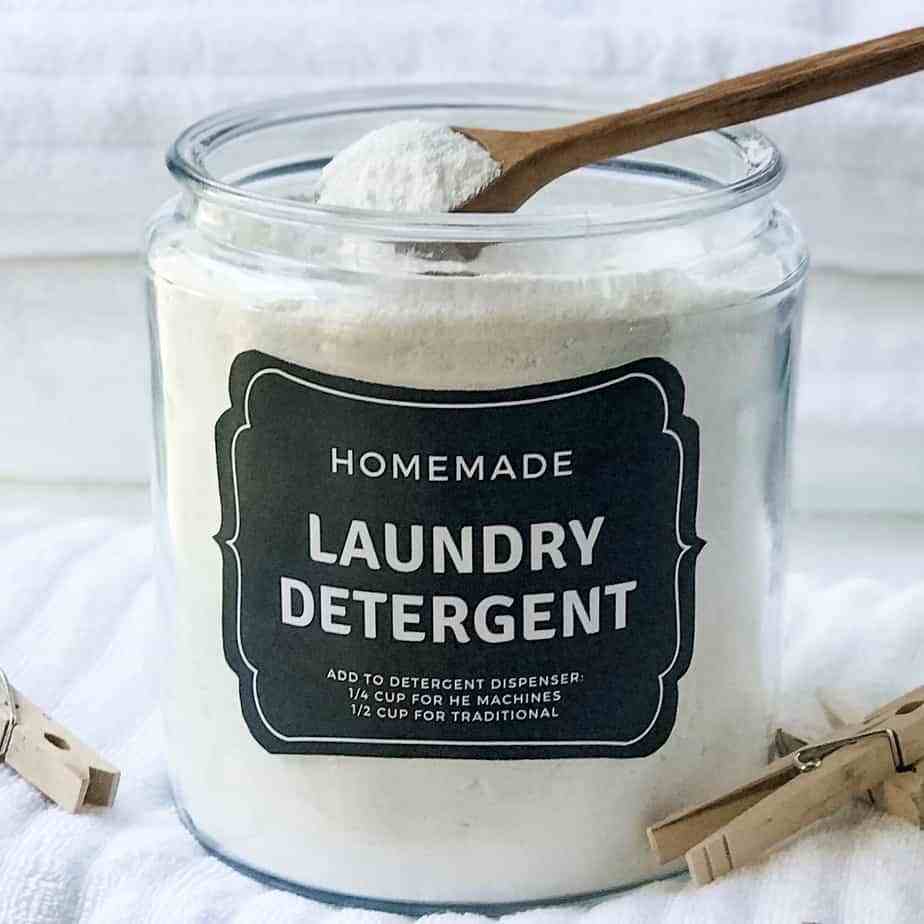
Powder laundry detergent is the easiest DIY product to wash your clothes. You can make it in a short time, ideal for a quick wash.
Ingredients:
• 1 bar of soap
• 1 large cup of borax
• 1 large cup of cleaning soda
Steps:
- Grate the soap into a large bowl or basin.
- Mix the grated soap with borax and cleaning soda. Stir thoroughly.
- Store the mixture in an airtight container.
To keep the detergent quality, only open the container when you are ready to use it. Mix the container before taking out the detergent. You can use two tablespoons to ½ cup of laundry per load.
Steps to Make Liquid Laundry Detergent
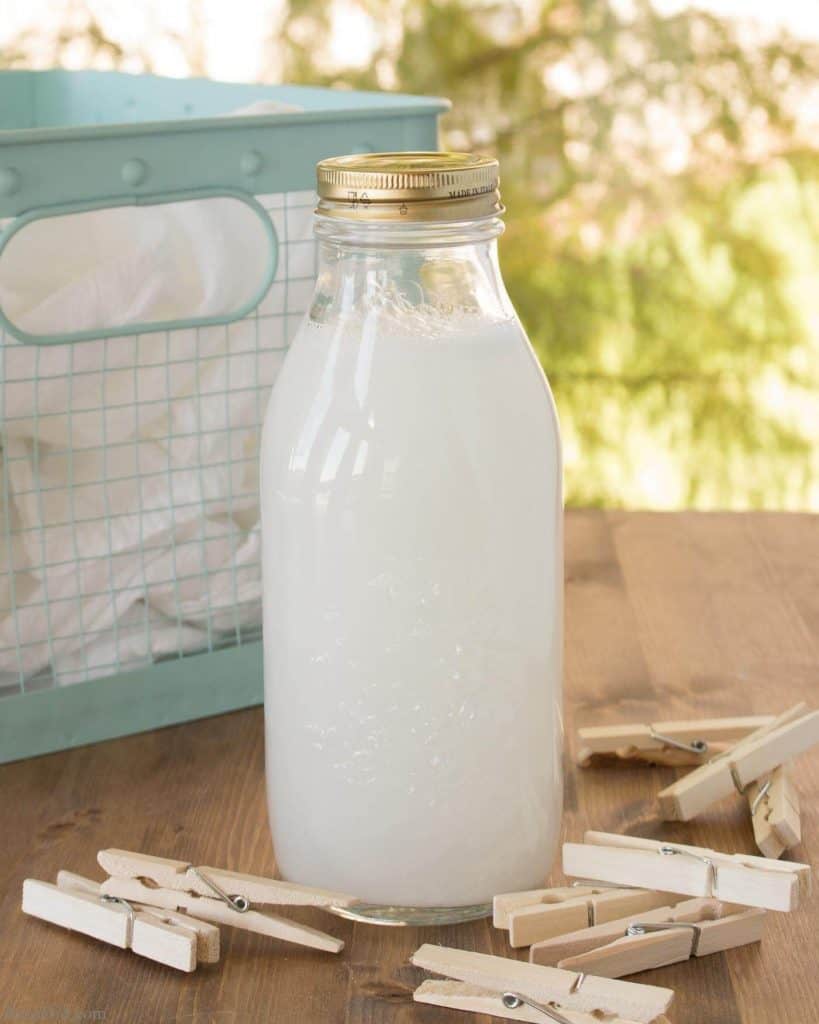
How to make laundry detergent if you want a liquid product? You can use the same ingredients with powder detergent. The process just needs extra water and heating process.
Ingredients:
• I bar of soap
• 2 quarts (1.8 l) of water in a pan
• 4.5 gallons (17 l) of hot water for mixing in a bucket
• 2 cups of borax
• 2 cups of cleaning soda
Steps:
- Grate the soap or put it in a food processor.
- Mix the soap with water in a pan. Place the pan on medium heat until the soap is dissolved.
- Pour the hot water into a 5-gallon bucket (with lid). Pour the borax and cleaning soda. Stir thoroughly.
- Pour the soap water into the bucket. Stir for the final time.
- Close the bucket and leave overnight.
- Stir the detergent for the final time. Divide your homemade liquid laundry detergent into several bottles with lids.
- Use ½ to a cup of detergent per one load of laundry.
Recommended Pure Soaps to Make Detergent
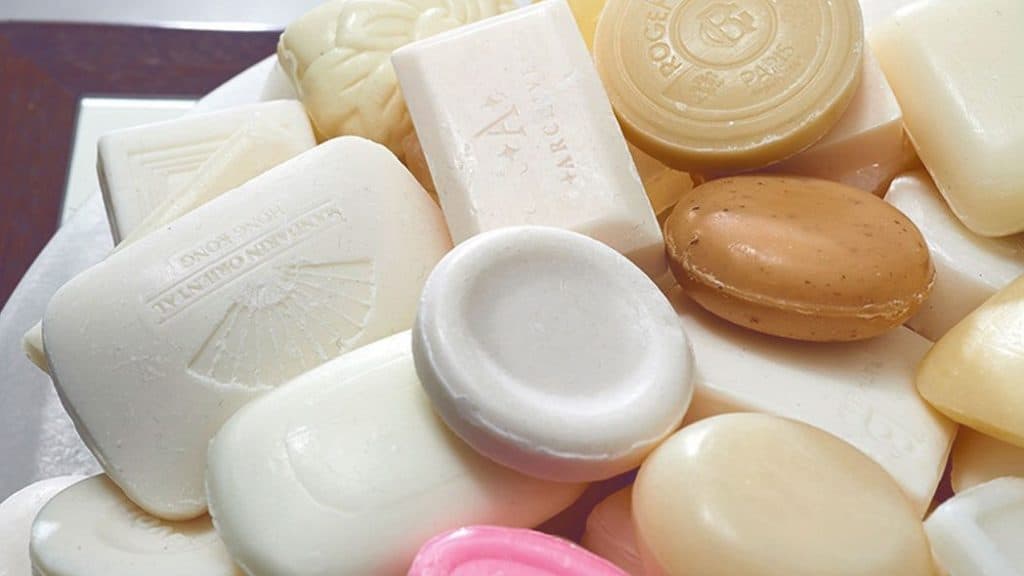
You can use any soap bar to make detergent, but if you want to minimize the chemicals, use pure soaps. These soaps consist of alkali and fatty acids, without anything else.
They may not have fragrant or beautiful colors, but they don’t have “filler” ingredients like sugar, alcohol, paraffin, and wax.
Various manufacturers, including the famous ones, have produced pure soaps you can find easily. Here are several pure soap recommendations to make homemade laundry detergent:
Lux Pure Soap Flakes
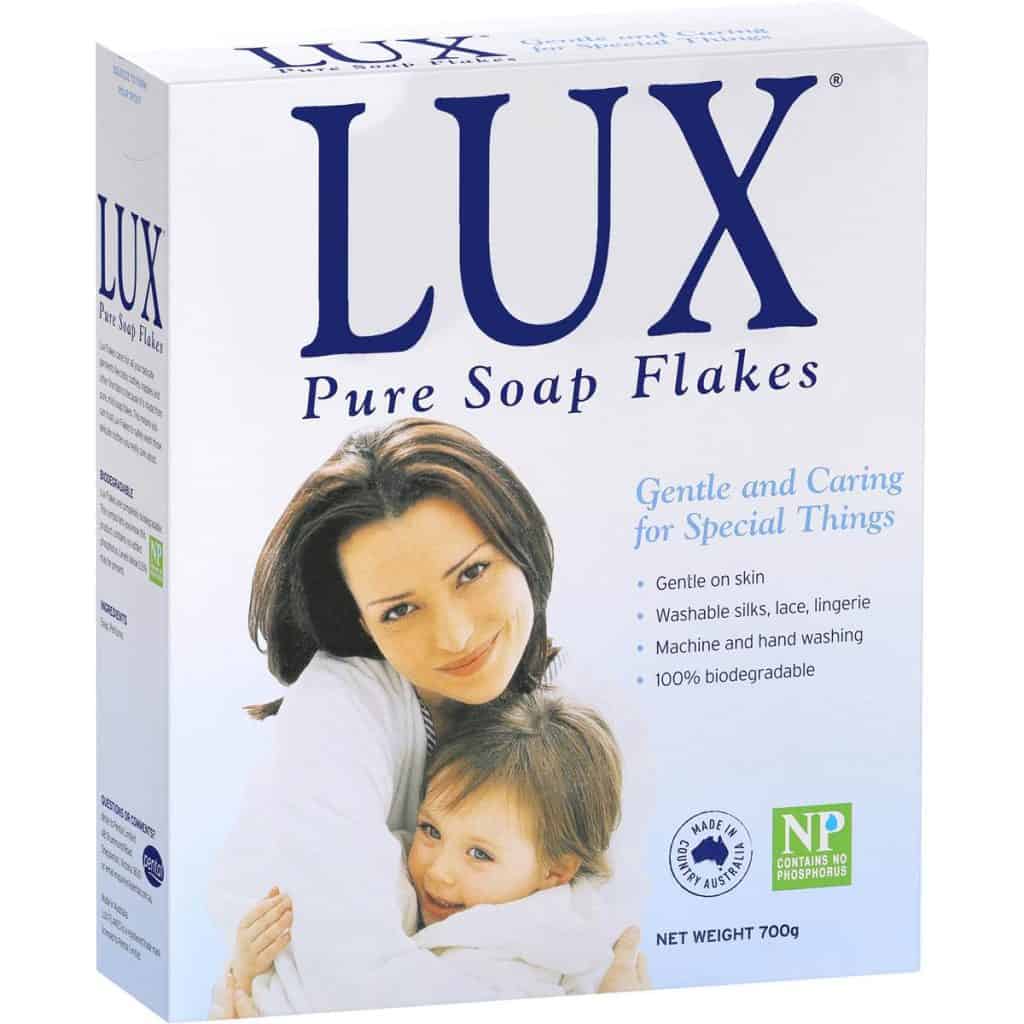
Lux Pure Soap comes in flakes for easier dissolving or melting. The soap is quite friendly toward the washer. You can also use the resulting detergent to do the cold wash.
Pears Pure and Gentle
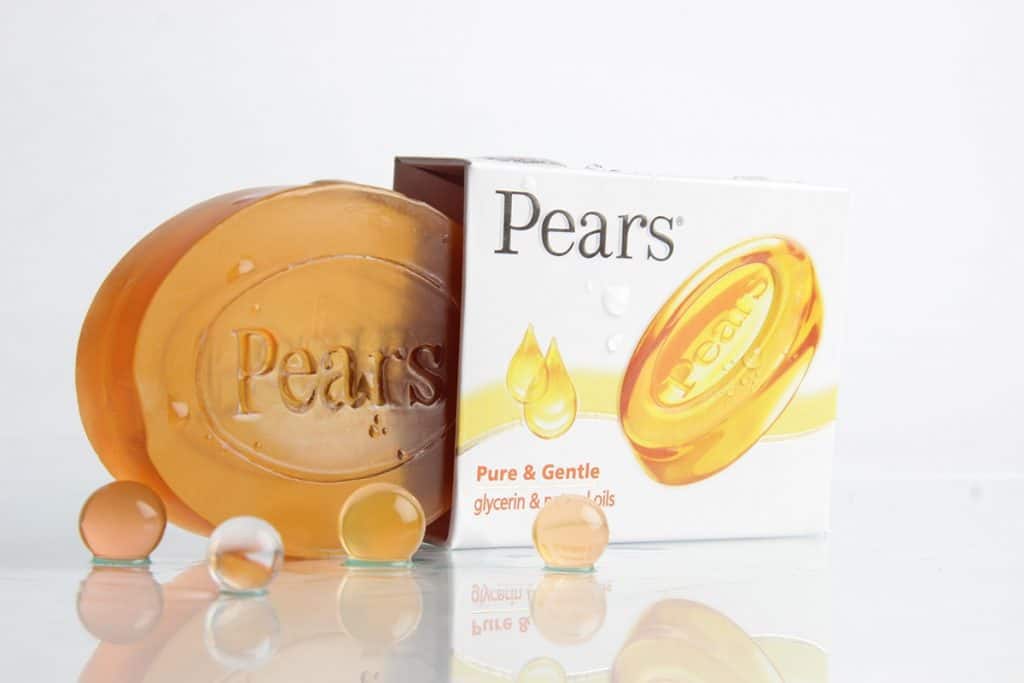
Pears Pure and Gentle is created to treat sensitive skin, with pure glycerin to soften the skin. The formula is perfect to keep the clothes soft and allergy-free.
Sunlight Pure Soap
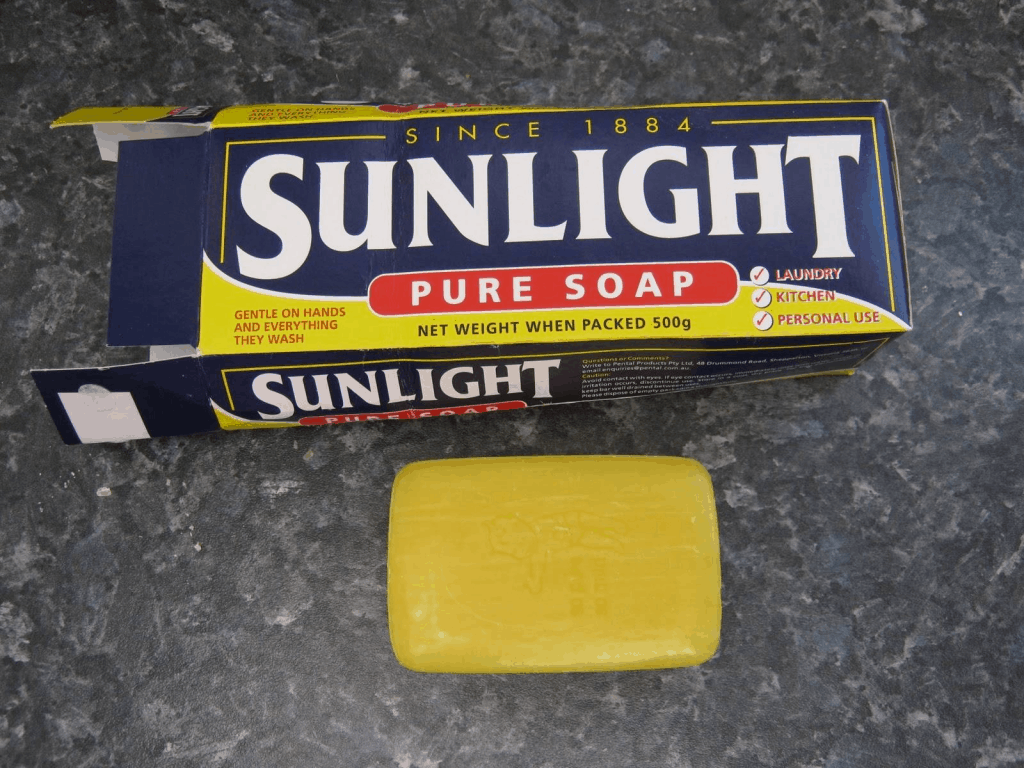
Sunlight Pure Soap is perfect to make various cleaning products, from laundry detergent to handwash and dishwashing liquid. The ingredient is soft, and the lathering action is quite intense.
Splendor Pure Soap
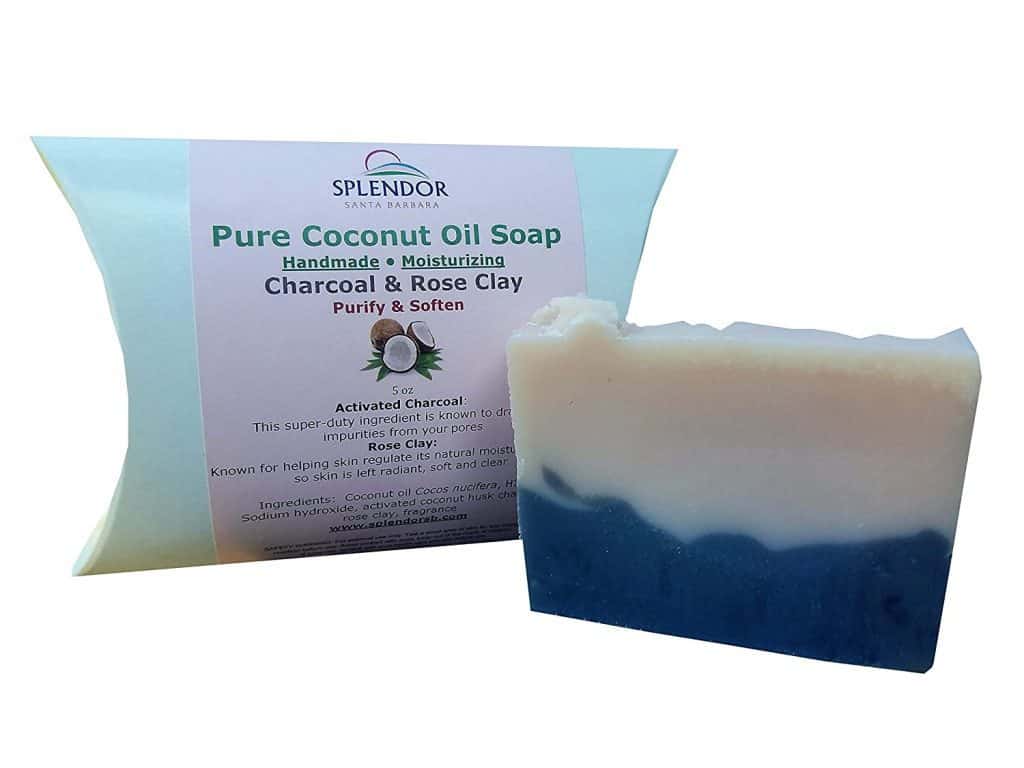
Splendor Pure Soap variants are ideal to add a subtle fragrance to your detergent. Splendor uses aromatic oil in its formula, such as lavender, vanilla, and rosemary.
It contains coconut oil as the base, which is perfect for vegans.
Kiss My Face Pure Olive Oil Soap
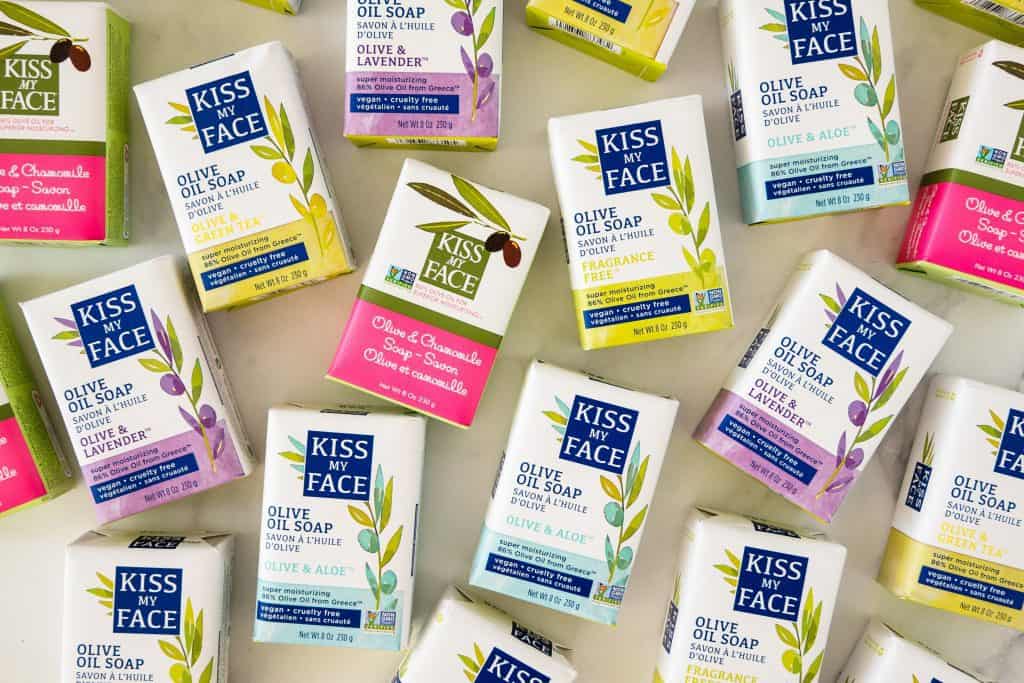
Another vegan pure soap, Kiss My Face offers variants with olive oil as the base. The soap is soft, gentle, and perfect to keep the condition of your fabric.
You can also buy pure transparent soap without brands at chemical stores. They are perfect if you need detergent in a huge amount.
Conclusion
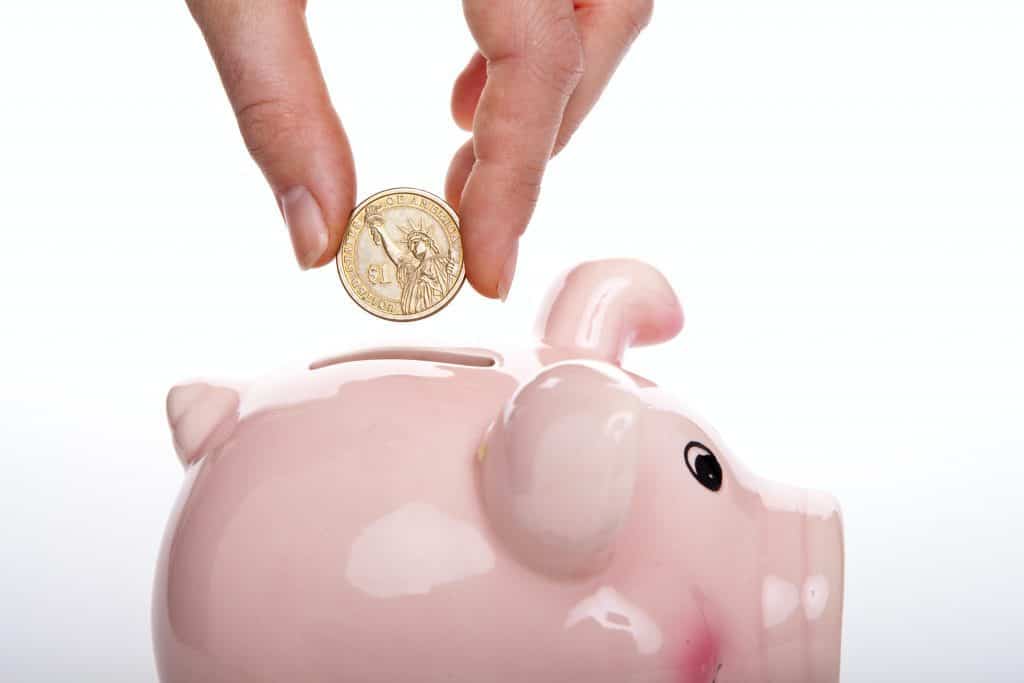
You can save money and avoid harsh chemicals or allergens by making your own laundry detergent. The DIY laundry detergent recipes are available for powder and liquid versions.
Get a safer, environmentally friendly detergent alternative by making it yourself.

